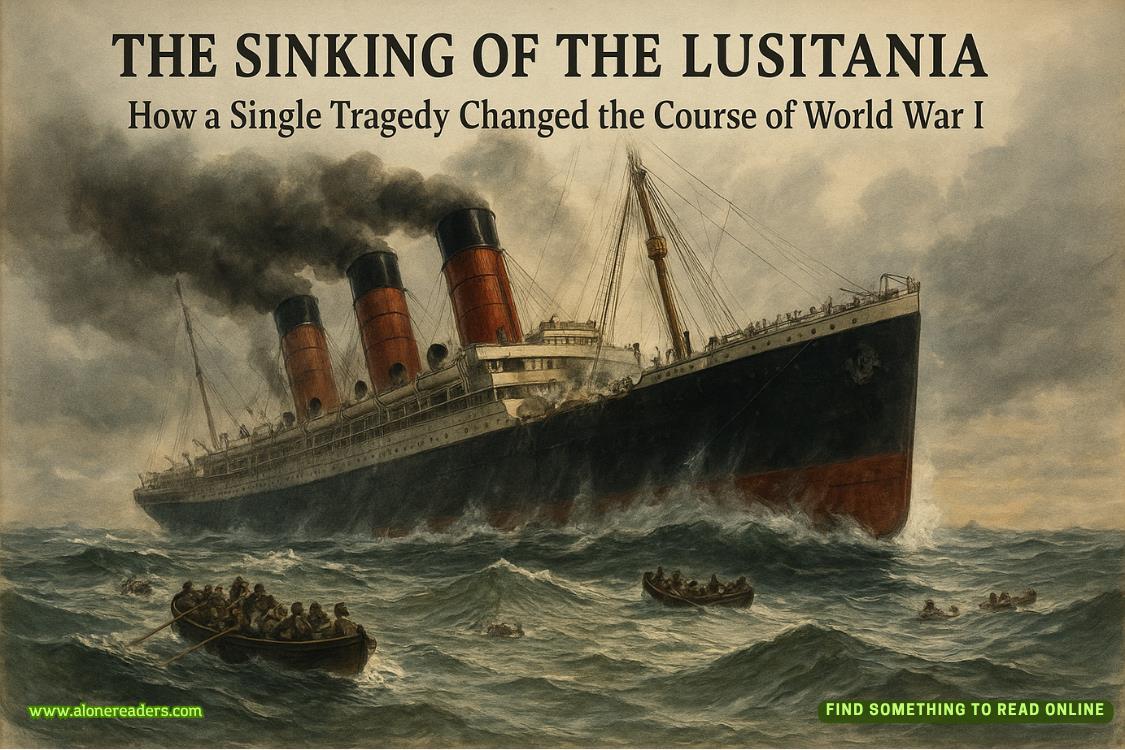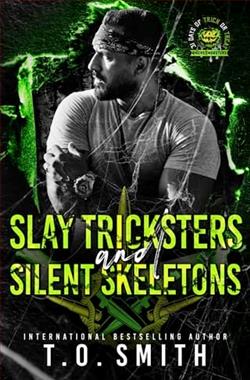Page 34 of Hold on Tight
He made one full loop. He passed no one. He was passed by cyclists, joggers, mothers and fathers pushing baby strollers, small children dashing ahead of their parents. Hot girls stripped down to sports bras, saggy-breasted old men who shouldn’t be running shirtless. He didn’t give a fuck. He’d run faster the next time. He’d run farther the next time.
Once he’d done a triathlon with Mike when they were on leave. There had been a parathlete in that race. She had worn a different prosthesis for each event of the race—he’d noticed, because he’d found her attractive even as she was strapping and unstrapping her legs.
He could do that. He could get bike and swim prostheses. He could get a real running leg. He could do a triathlon.
In some ways, the seeming unreachability of the goal was exactly what he wanted from it. He wanted to slam his body against an immovable wall, part punishment and part—well, that was what he fucking did. What soldiers did. As he’d thought the other day while running with Sam, if you didn’t push yourself past where you knew it was possible to go, you couldn’t know who the hell you were. And of all the things that were pissing him off right now, not knowing who he was was the biggest.
If he’d known who he was—he told himself, dick in hand for the tenth or fifteenth or hundredth time—he’d never have kissed her.
Or he’d never have stopped.
After he’d assured himself there were plenty of tri’s he could run in the Seattle area, he called the prosthetist who had originally fitted his leg at Walter Reed and asked for a referral.
“Come down here,” Frank Morales had said. “I’ll work on the socket; I’ll fit you for a leg.”
“Three legs. I want the best running leg, the best biking leg, and the best swimming leg I can get.”
“I can give you the best leg for making fucking pancakes, if that’s what you want,” Morales said.
Can you give me the best leg for …?
For what? For one-night stands? For delving into a woman he should be giving a wide berth? For getting himself in too deep, too weird? For wanting things he didn’t deserve to have?
“I’m not coming down there,” Jake said.
Because he didn’t need to be reminded of what he’d lost. He’d left Walter Reed in the first place to get away from those daily reminders, the men who’d be back in the fight in a week, a month, a year, even five years. Itching to be back. Thoroughly convinced they were doing what needed to be done.
That wasn’t him, and he wasn’t sure it would ever be him again.
So instead of heading down to Walter Reed and working with Morales, he had this unexpected appointment today with John Harwood, a former colleague of Morales’s who was now practicing in Seattle. “He’s the best. Better than me,” Morales had told Jake.
Harwood, short and built like a tank, and oddly hyper for such a compact man, couldn’t contain his excitement at hearing Jake’s request for three new legs. (“And not,” he told Jake, “because it’s a buttload of money.”) He liked to work with athletes, he said, because it gave him more range for messing around with sophisticated knees and ankles.
“It’s generous to call me an athlete because I’m training for a triathlon,” Jake said. They were sitting in a large room, filled with exercise equipment like parallel bars. And other things. Strange objects. Human parts crafted from an assortment of nonhuman materials. Tubs of water and strips of cloth. A 3D printer and plaster casts of people’s stumps. A cross between an artist’s studio and a physical therapist’s office.
“I’m a generous guy,” Harwood said.
Harwood was the best socket guy on the West Coast, Morales had said, and he clearly had the combination of gear lust, curiosity, and willingness to experiment that made him perfect for building legs. He asked Jake if he wanted to be cast for the socket immediately.
“Sure,” Jake said. “Nowhere I need to be.”
He thought of Sam, hanging with some overgrown teenager, playing video games, watching TV, and sinking back into a version of himself that had to be careful not to overexert.
Harwood examined Jake’s stump with a dispassionate, scientific interest, probing the scars and bone ends. Jake winced. “It’s a little sore. I just started running.”
“We’re going to fix that,” Harwood said.
His certainty pleased Jake.
Harwood tilted his crew-cut head. “I could do it with measurements. But I think for what you’re looking for, we’ll do it the old-fashioned way.”
Jake’s current socket had been built off intricate measurements programmed into a computer, but he knew what Harwood was talking about. The “old-fashioned way” meant that Harwood was planning to make an actual cast of Jake’s residual leg and fit the socket exactly to the stump’s topography. Harwood laid paper and plastic strips over the stump until Jake felt like human papier-mâché. He marked bones and other details with pens that would show through the cast so he could mold the socket to take Jake’s most intense pressure points into account.
“It’s an art,” said Harwood. “I’m like a sculptor.”
Jake personally thought the guy was kind of an egotist, but he didn’t much care as long as it resulted in a leg that fit well, felt good, and stayed put.
As Harwood was seeing Jake out of his office, he said, “Are you thinking about returning to active duty soon?”















